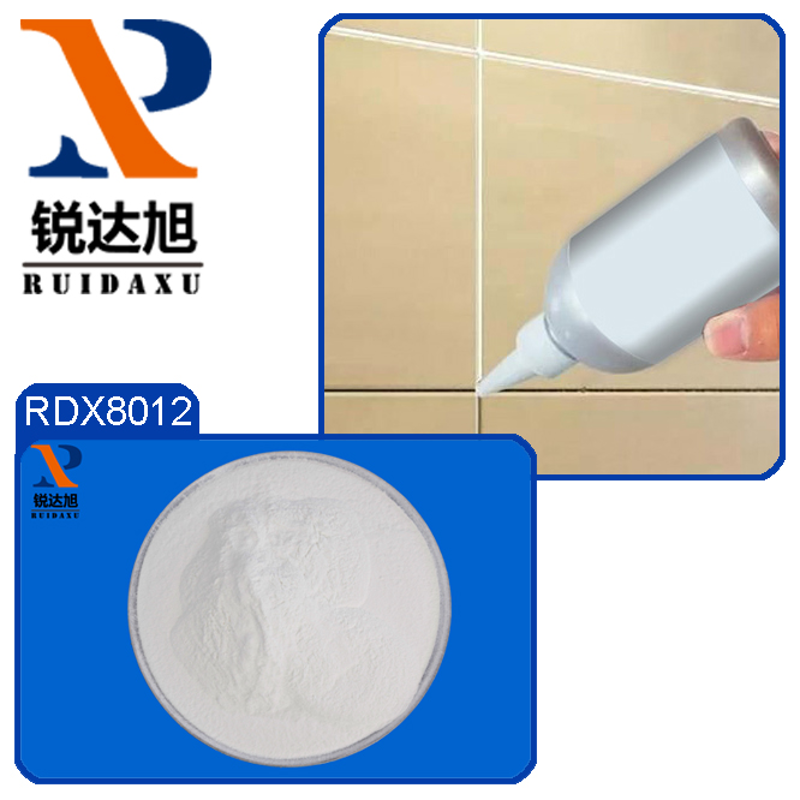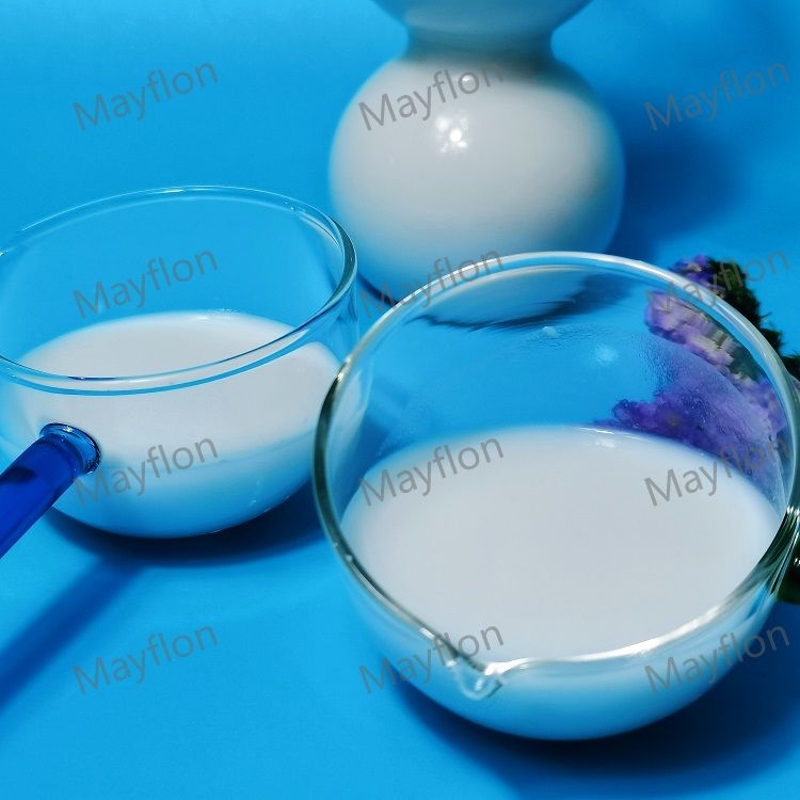-
Categories
-
Pharmaceutical Intermediates
-
Active Pharmaceutical Ingredients
-
Food Additives
- Industrial Coatings
- Agrochemicals
- Dyes and Pigments
- Surfactant
- Flavors and Fragrances
- Chemical Reagents
- Catalyst and Auxiliary
- Natural Products
- Inorganic Chemistry
-
Organic Chemistry
-
Biochemical Engineering
- Analytical Chemistry
- Cosmetic Ingredient
-
Pharmaceutical Intermediates
Promotion
ECHEMI Mall
Wholesale
Weekly Price
Exhibition
News
-
Trade Service
Cyclamate is a synthetic sweetener, its sweetness is 30-40 times that of sucrose, and the price is only 3 times that of sucrose, and unlike saccharin, it has a bitter taste when the amount is a little higher.
It is a commonly used additive in food production
.
If consumers often consume foods with excessive sodium cyclamate content, they will cause harm to the liver and nervous system of the human body, especially the elderly, pregnant women, and children with weak metabolic detoxification ability
The methods for determining sodium cyclamate in food include gas chromatography, colorimetry, and thin layer chromatography
.
And colorimetric determination of suitable ring hexylamino sodium in foods such as beverages gas chromatography; TLC For drinks, fruit juice, jam, cakes cyclohexylamino Sodium Content Determination
The following describes gas chromatography (according to the first method of GB/T5009.
97-2003)
.
(1) Principle In sulfuric acid medium, sodium cyclohexyl sulfamate reacts with nitrous acid to generate cyclohexanol nitrite, which is qualitatively and quantitatively performed by gas chromatography
.
(2) Reagent
①N -hexane
.
②Sodium chloride
.
③ Chromatographic silica gel (or sea sand)
.
④ Sodium nitrite solution (50g/L)
.
⑤Sulfuric acid solution (100g/L)
.
⑥ Standard solution of sodium cyclamate (containing sodium cyclamate>98%): accurately weigh 1.
0000g of sodium cyclamate, dissolve in water and dilute to 100mL
.
This solution contains 10mg of sodium cyclamate per 1mL
(3) Instruments
①Gas chromatograph (with hydrogen flame ionization detector)
.
②Vortex mixer
.
③ Centrifuge
.
④10uL micro syringe
.
(4) Operation steps
① Sample preparation
.
a.
Liquid sample: Weigh directly after shaking
.
The sample containing carbon dioxide is heated and removed first, and the sample containing alcohol is adjusted to alkaline by adding 40g/L sodium hydroxide solution, and then heated and removed in a boiling water bath to prepare a sample
b.
Solid sample: Cut the preserved fruit and honeymoon samples and weigh 2.
0g into the grind.
Add a little chromatographic silica gel (or sea sand) to grind until it is a dry powder, and pour it into a 100mL volume through a funnel.
In the bottle, add water to rinse the mortar, and transfer the lotion to the volumetric flask, add water to the mark, shake it from time to time, filter after 1h, and get the sample
.
Accurately draw 20mL into a 100mL colorimetric tube with stopper, and place it in an ice bath
②Determination
.
a.
Chromatographic conditions
Chromatographic column: 2m long, 3mm inner diameter, U-shaped stainless steel column
.
Stationary phase: Chromosorb WAW DMCS 80-100 mesh, coated with 10% SE-30
.
Measurement conditions: column temperature 80°C; vaporization temperature 150°C; detection temperature 150°C; nitrogen flow rate is 40mL/min, hydrogen flow rate is 30mL/min, and air flow rate is 300mL/min
.
b.
Preparation of standard curve: accurately draw 1.
00mL sodium cyclamate standard solution into a 100mL colorimetric tube with stopper, add 20mL water, place in an ice bath, add 5mL 50g/L sodium nitrite solution, 5mL 100g/L Sulfuric acid solution, shake well, place in an ice bath for 30 minutes, and shake frequently
.
Then accurately add 10mL n-hexane and 5g sodium chloride, shake well and place on a vortex mixer to shake for 1min (or shake 80 times), after standing for layering, suck out the hexane layer and centrifuge in a 10mL centrifuge tube with stopper Separate
c.
Determination of sample solution: The sample tube is operated in accordance with step b from "adding 5mL 50g/L sodium nitrite solution.
.
.
", and then the sample extraction solution is also injected with 1~5uL, and the response value is measured from Find the corresponding content in the standard curve
.
(5) Result calculation
In the formula, X——the content of sodium cyclamate in the sample, g/kg
m——Sample mass, g
V——Injection volume, μL
10——The amount of hexane added, mL
m 1 ——The quality of sodium cyclamate in the test sample, ug
The calculation result retains two significant digits
.
The absolute difference between two independent determination results obtained under repeatability conditions shall not exceed 10% of the arithmetic mean
(6) Tips
①Suitable for the determination of sodium cyclamate in beverages, preserved fruits and other foods, with a detection limit of 4ug
②The sample containing carbon dioxide is heated to remove carbon dioxide first , and the sample containing alcohol is adjusted to alkaline by adding sodium hydroxide solution, and then heated in a boiling water bath to remove it
③The reaction of sodium cyclamate and sodium nitrite must be carried out in an ice bath
.







